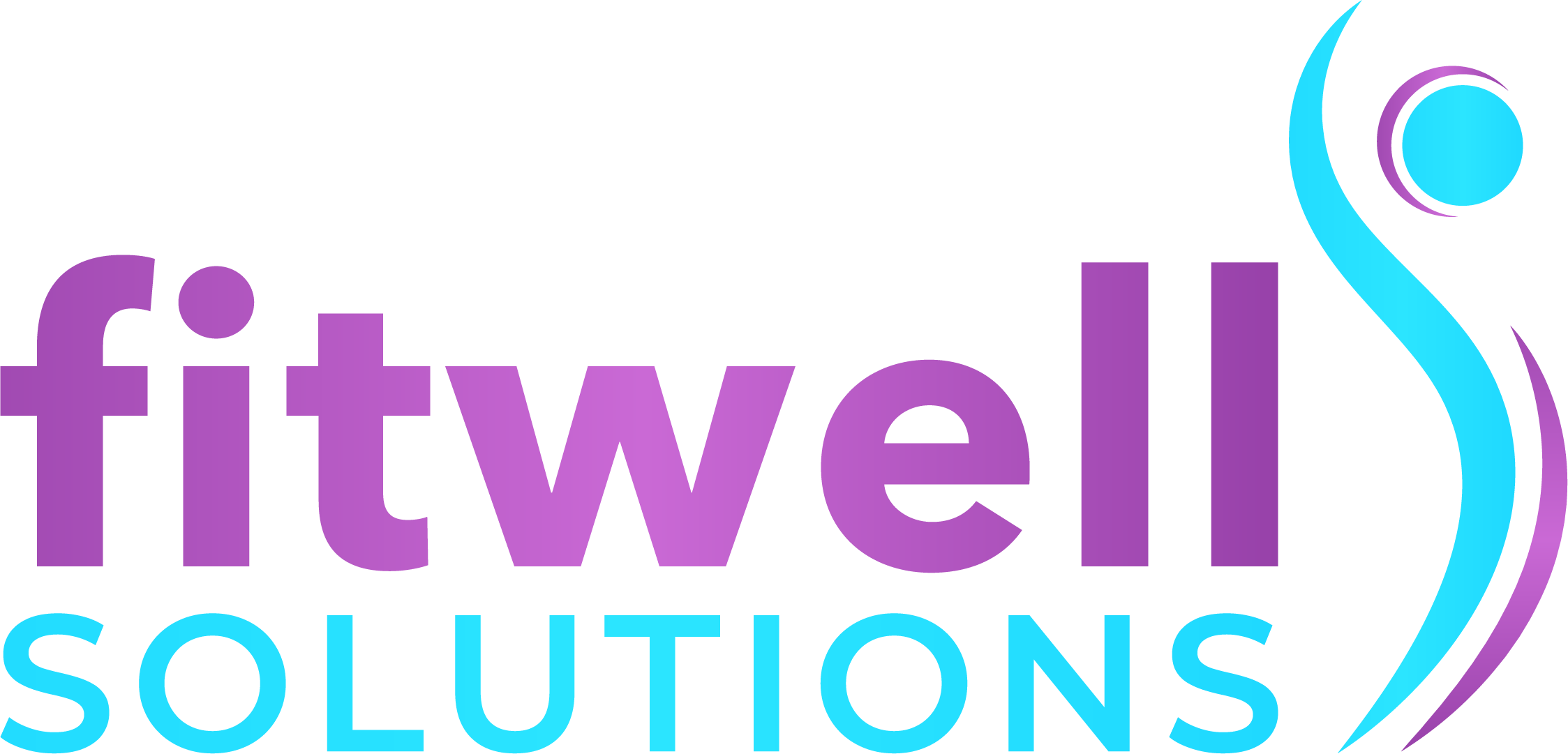Employee Well-being: The New ROI
What do you think about when you hear Corporate Wellness? Topics like on-site fitness classes or nutrition tips may come to mind, and that’s a solid guess. The challenge with corporate Wellness is that it may mean different things depending on who you talk to. For an HR manager, Corporate Wellness may mean annual health fairs or promoting the Employee Assistance Program (EAP), and these options are beneficial for employees who take advantage of the benefit. Corporate Wellness may mean a health fair or insurance discount for an employee.
However, as wonderful as these programs are, they may or may not increase employee engagement, not because they aren’t good offerings but because they may not meet the employee’s unique needs.
In this blog series, I will demystify some of the terms around corporate Wellness and provide context, strategy, and approaches to making the health and well-being of your teams the best possible. Let’s start with the basics, like the term wellness or well-being. Which term is best?
Wellness is a catch-all term used dating back to the 1970s. Merriam-Webster dictionary defines Wellness as the quality or state of being in good health, especially as an actively sought goal. Many organizations start with this approach, and it’s a good start. Additionally, organizations take this definition and launch full-scale programs that include discounted gym memberships, workout rewards, or insurance premium savings. Again, it’s an excellent option for motivated individuals.
The term well-being has a different meaning. Merriam-Webster’s simple definition is the state of being happy, healthy, or prosperous. This simple yet powerful definition is the game-changer regarding employee engagement. At Fitwell Solutions, we use well-being over Wellness due to the simple yet high-impact results for teams. Well-being focuses on a person’s current state or moment in time. When employers focus on their teams’ well-being, they are more likely to recruit high-performing workers, increase engagement, enhance productivity, and retain valuable talent.
My next post will delve into need-to-know terms around employee well-being and what crucial steps to take before launching a health and well-being program at your workplace.
Questions? Please reach out. I’d love to hear from you.
~Valerie
